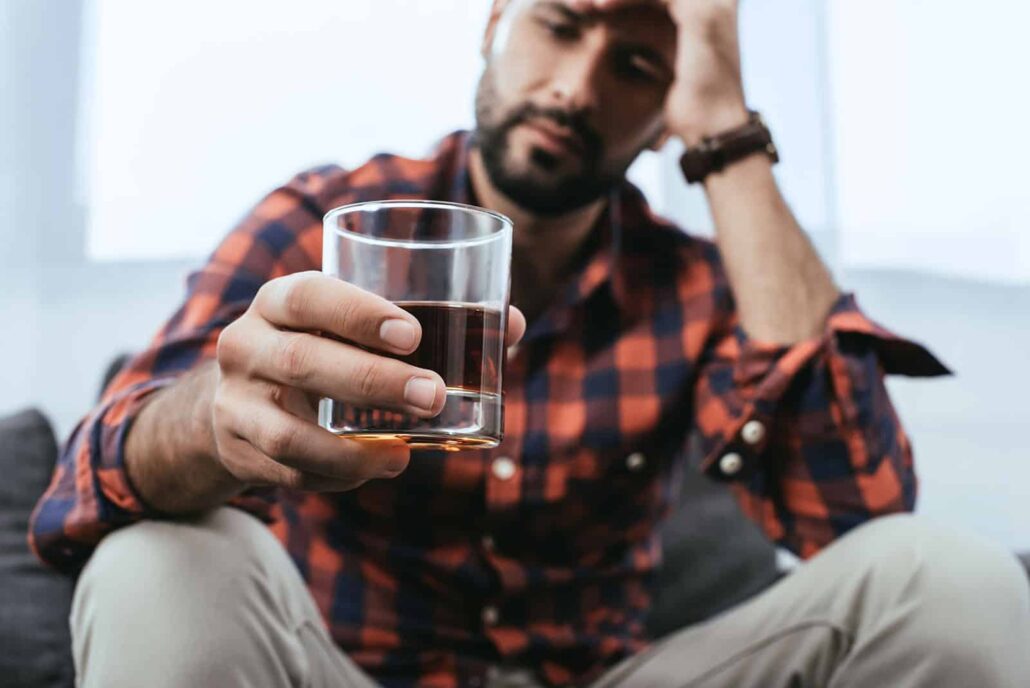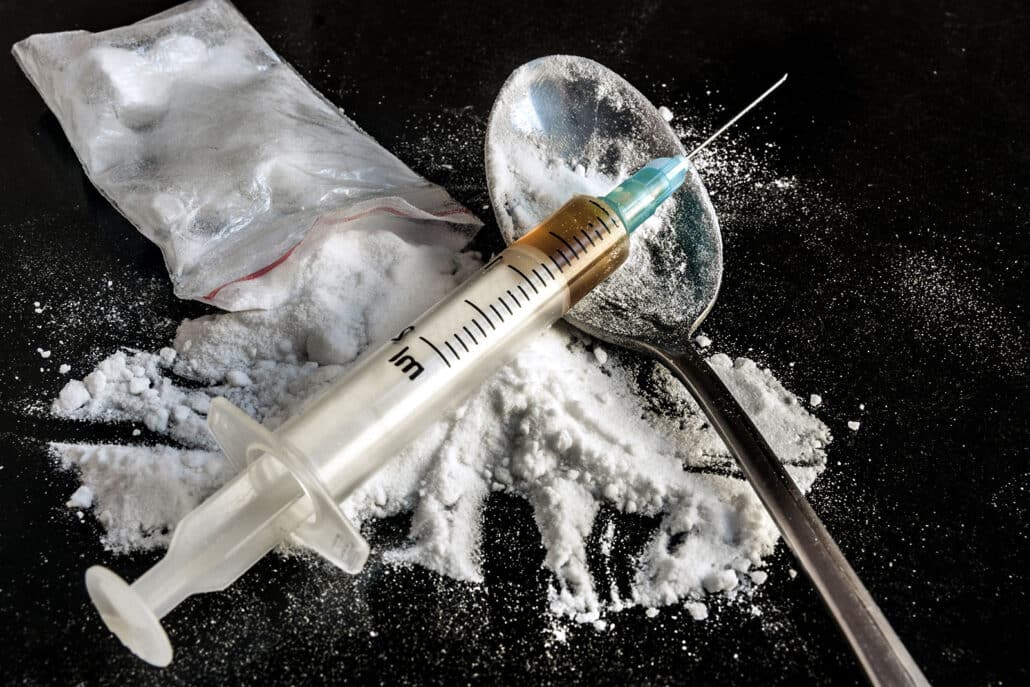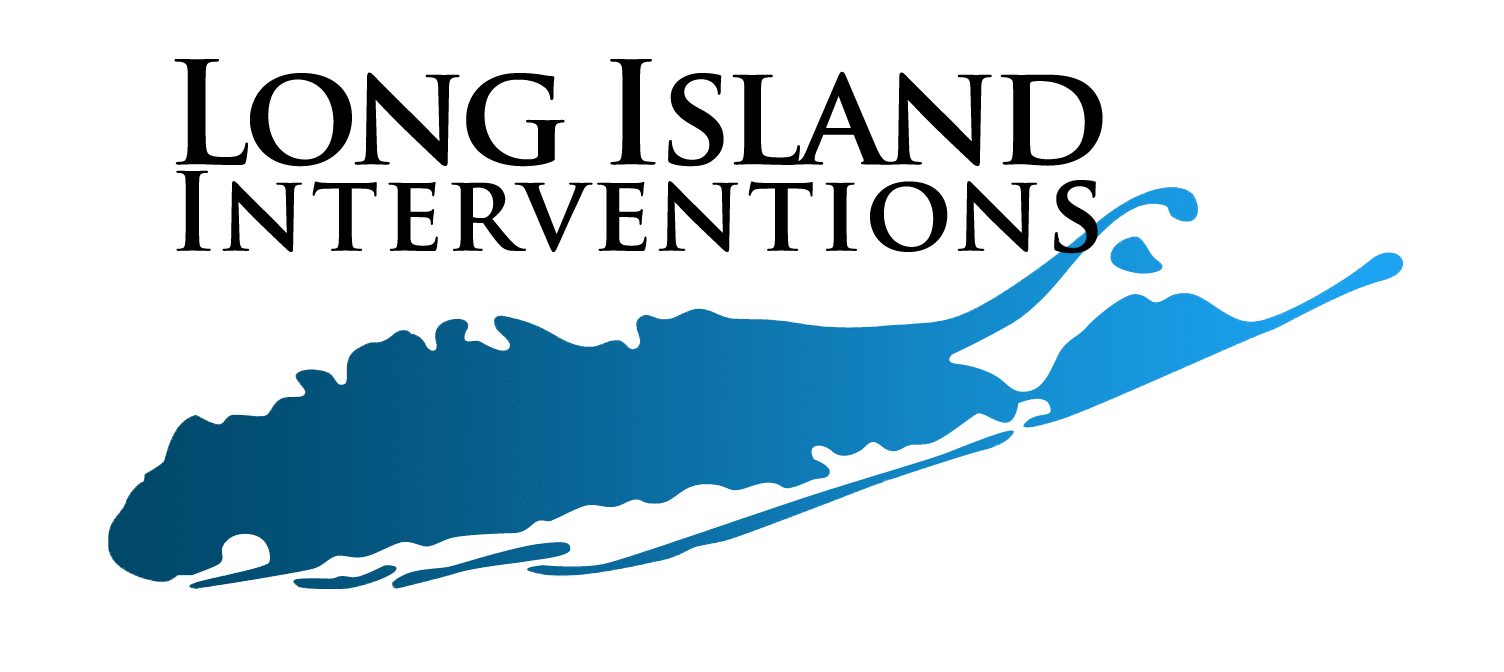Relapse is one of the most misunderstood aspects of addiction recovery. It’s a topic that often brings up guilt, frustration, and shame. But it shouldn’t.
A question that comes up a lot from those in recovery and their loved ones is: What percentage of people suffering from addiction relapse?
We’ll get to the numbers shortly. But before we do, let’s get something clear:
These stats aren’t meant to discourage you. They’re here to give you a clear, honest picture of what recovery can look like, so you can be better prepared, know what to expect, and get the support you need to keep going.

Table of Contents
What Percentage of Addicts Relapse?
According to the National Institute on Drug Abuse (NIDA), 40%–60% of people with a substance use disorder relapse at some point.
That might sound high, but it’s actually about the same as those for other chronic conditions, like:
- Hypertension (50–70%)
- Diabetes (30–50%)
- Asthma (50–70%)
We don’t say a person failed treatment if their blood pressure spikes or their asthma flares up. The same goes for alcohol and drug addiction.
When Is Relapse Most Likely?
Most relapses happen in the first year after treatment. That’s when people are adjusting to life without substances, learning to handle triggers, and trying to rebuild.
Research shows that more than 85% of people who complete treatment will use again within the first year. And about two-thirds relapse just a few weeks after leaving a treatment facility.
This doesn’t mean treatment failed. It’s because the recovery process takes time, patience, and consistent support.
Relapse Rates by Substance
Let’s look at how relapse rates vary by substance and what that means for recovery:
1. Alcohol Use Disorder
Alcohol addiction has one of the highest relapse rates among substance use disorders. About 69% of people relapse within six months of alcohol treatment, meaning only about 3 in 10 stay sober during those early, fragile months.

Alcohol relapse often shows up as short setbacks, sometimes lasting a few days, sometimes longer. Either way, they usually become less frequent as time goes on. What’s key is to keep those episodes brief and get back to recovery quickly.
So, what increases the risk?
Some known factors include:
- Struggling to feel pleasure (anhedonia)
- Smoking cigarettes
- Entering treatment without much sober time prior
2. Opioid Addiction
Recovery from opioid use disorder is particularly tough. Roughly 65–70% of people relapse after treatment, and for many, it happens within the first month. The first week is often the most vulnerable.
According to a study, relapse is more likely for those who receive standard care in a short-term inpatient program. About 63% of them return to use. In contrast, relapse rates are lower for those who complete long-term inpatient care (14%) or outpatient treatment (28%).
So, what’s going on here?
Opioids change how the brain works. They rewire the system that processes pleasure, stress, and motivation. That’s why, even after medical detox, cravings and emotional lows can hit hard.
In short, detox alone isn’t enough. The brain needs more time to heal. This is where medication-assisted treatment can make a huge difference.
In the same study, people who received extended-release naltrexone (XR-NTX) were far less likely to relapse. Fewer than 12% did after the first month, regardless of whether they came from inpatient or outpatient care. And that protection held strong even six months later.
3. Heroin Addiction
Heroin relapse rates are particularly high in the short term. In fact, only about 25% of people who finish treatment and are clean at the end stay that way longer.

Most relapses happen in the first 3 to 6 months. But there’s a hopeful side to this: if someone can make it through that early stretch, their chances of staying in recovery go up significantly.
This pattern isn’t unique to heroin. It’s similar to what researchers have seen with smoking and alcohol. That suggests there may be some shared brain mechanisms at play across these different types of addiction.
And here’s another encouraging point: while many relapse early on, some people do return to recovery later.
Over the next year or two, more people tend to find their way back, and the number of those staying abstinent gradually starts to climb as they re-engage with treatment.
4. Methamphetamine Addiction
Meth relapse is also common. About 38% of people go back to using, and another 23% drop out of treatment altogether. So the real relapse rate may be even higher.
One red flag early in treatment is a positive drug test. People who tested positive at the start were nearly four times more likely to relapse.
Other risk factors include:
- Lower education
- Mental health issues (like anxiety, depression, or trauma)
- Longer history of meth use
- Using more than one substance
5. Cocaine Addiction
Research shows that about 24% of people who go through treatment for cocaine addiction end up using again weekly within a year. Another 18% relapse and return to treatment.
People who had more severe addictions or spent less time in treatment are more likely to relapse. In other words, the deeper the addiction and the shorter the support, the harder it is to stay drug-free.
6. Marijuana Addiction
Marijuana tends to look a bit different. Most people who quit eventually stay quit or reach a stable kind of remission.

Researchers found the relapse rate for cannabis use disorder was just 6.6%. And the longer someone stays in remission, the less likely they are to return to regular use.
7. Nicotine Addiction
Even after someone has quit smoking for a year, the risk of relapse isn’t completely gone. Research shows that about 10% of people start smoking again each year after that first smoke-free year. Depending on the study, that number ranges from 5% to 17%.
That’s a smaller chance of relapse compared to most forms of drug use. Still, you need to stay mindful and supported beyond the first year.
Warning Signs of Relapse
Relapse doesn’t usually happen all at once. It builds gradually. The sooner you recognize the early warning signs, the better your chances of staying on track with treatment and recovery.
Emotional signs:
- Stress, anxiety, or mood swings
- Withdrawing from support networks or avoiding sober friends and family
- Poor self-care
- Bottling up feelings
- Skipping therapy or meetings
Mental signs:
- Thinking about past drug or alcohol use, but only remembering the “fun” parts
- Craving or fantasizing about using
- Telling yourself “one time won’t hurt”
- Making excuses for skipping support or being around risky people
High-risk behaviors:
- Returning to old hangouts or habits
- Skipping recovery routines
- Keeping substances nearby “just in case”
- Having a “slip” that escalates into a full relapse

The Role of Treatment Duration and Setting in Relapse Prevention
Where and how long someone gets help can shape their recovery.
Research shows that people admitted to short-term inpatient programs (2–4 months) are more likely to relapse than those who go through long-term treatment (6–12 months).
Simply put, the longer someone spends in structured care and the more support they have afterward, the better their chances of staying sober.
Outpatient programs can also be effective, especially for people balancing work or school. They work best when paired with ongoing therapy, support groups, or 12-step programs that help reinforce recovery.
Why Do So Many People Relapse?
There’s no single reason why someone experiences a relapse. Multiple risk factors contribute, including:
- Stress
- Contact with alcohol or drugs
- Co-occurring mental health disorders
- Lack of a support system
- Inadequate aftercare following treatment
People dealing with both substance abuse and mental health issues, like depression or anxiety, often need an integrated plan, including cognitive behavioral therapy (CBT) and family therapy, to improve outcomes.
How to Prevent Alcohol and Drug Relapse
Relapse is common, but it’s not inevitable. Many achieve and maintain long-term recovery, but they typically do so with a solid recovery plan and ongoing support.
Here are some evidence-based strategies to reduce relapse risk:
- Aftercare Planning: A structured plan that includes therapy, sober housing, check-ins, and group support can ease the transition from treatment to daily life.
- Support Network: Staying connected with friends, family, or peer support groups like Alcoholics Anonymous offers encouragement and accountability.
- Behavioral Therapy: CBT teaches people how to spot early warning signs, reframe negative thoughts, and respond to cravings with healthier choices.
- Lifestyle Changes: Recovery sticks when you prioritize sleep, nutrition, exercise, and stress management. Mindfulness and journaling can help, too.
- Continued Medical Care: Since addiction is a chronic disease, ongoing medical support, especially for those using medications like buprenorphine or naltrexone, can reduce the rate of relapse and support successful recovery.

Final Thoughts
So, what percentage of addicts relapse? That’s around 40–60%, but the real takeaway is this: relapse is common, not permanent, and definitely not a failure.
If you or a loved one is facing relapse or fears it might happen, take it as a signal. Your treatment program may need an update, or you need additional support. Many people slip, readjust, and still go on to live full, sober lives.
Remember, the recovery journey isn’t always a straight line. But with time, support, and the right care, lasting change is absolutely possible.
Sources:
- https://nida.nih.gov/publications/drugs-brains-behavior-science-addiction/treatment-recovery
- https://pmc.ncbi.nlm.nih.gov/articles/PMC3674771/
- https://pmc.ncbi.nlm.nih.gov/articles/PMC8476113/
- https://www.fda.gov/science-research/advancing-regulatory-science/developing-risk-prediction-engine-relapse-opioid-use-disorder
- https://www.sciencedirect.com/science/article/pii/S074054721630513X
- https://onlinelibrary.wiley.com/doi/10.1002/1520-6629(197401)2:1%3C85::AID-JCOP2290020130%3E3.0.CO;2-B
- https://www.sciencedirect.com/science/article/abs/pii/S294987592300005X
- https://drugabuse.com/drugs/cocaine/relapse/
- https://pmc.ncbi.nlm.nih.gov/articles/PMC2577779/
- https://www.sciencedirect.com/science/article/pii/S0306460318308542
Published on: 2025-05-31
Updated on: 2025-06-09

